So did the title catch you off guard for a minute? I don’t know about you but my caseload is growing every year with more and more students who are bilingual. I love these kiddos. They are so much fun to work with. But when I first started working with the bilingual population I was pretty nervous. I wasn’t sure where to start. What kind of goals would be appropriate? What materials should I use, or not use? These were just a few of the questions swimming in my mind. I did some research. I read journals, books, went online, and talked to anyone who had ever worked with bilingual students. Here are some of the bits of information I found most helpful when I was starting.
1. Look at the students most recent testing. Was it a bilingual test? This means that the test was given in both languages that they are exposed to ( most of mine speak Spanish and English ). I found that with some of the students I had inherited, their testing had only been done in English. This left out a huge chunk of information. If a student is tested bilingually, it gives you a more of an accurate picture of their knowledge and abilities. These students typically fall into two categories:
– Language Difference: If a student is higher in their native language, let’s say Spanish in this case, and lower in English ( most likely the language they are taught in ) then you would be able to see that they have a language difference not a language disorder. Now when I say higher, I mean a decent gap, usually 15 points or more. These students are having trouble connecting English to their native language and making the connections needed to store the vocabulary.
– Language Delay/Disorder: If a student is relatively low in both languages they can be said to have a language delay/disorder. It may appear that they do not have any dominant language.
2. Since most bilingual students are taught in English, building that English vocabulary is critical. I had read an article that stated how a teacher had put English and Spanish labels on items around the classroom. The students in that room learned those words twice as fast as students in a different room. So I looked around my room and labeled the window, door, table, chair, computer, and garbage can. I printed out the Spanish and English words for these objects, laminated them, and used sticky tac to adhere them to the object I wanted.
3. Keep in mind that the syntax and grammar structures in languages are not the same.
4. Visuals are a great thing. Using any visual you can in therapy is always helpful. Try and find some with items labeled. If you can’t, then laminate the picture and write the labels in with an expo marker. That way you can fade out the labels as the student learns the vocabulary.
5. Its okay to code switch. Code switching is when those who are bilingual switch between both languages in a conversation. They are learning ( most of the time English ) and still need the support of their native language. If you notice code switching try have them use a synonym, describe, or even draw the word they said so that you may provide the English equivalent.
I know that is a lot of information, and sorry, no pictures this time. But I wanted to share some information I had found helpful. If you have any tips or advice about working with bilingual students feel free to share 🙂 O one more thing. My students always enjoyed teaching me their language. I would give them a few minutes at the end of our session to teach me a Spanish word. This was interesting sometimes, but everyone always had a fun, and I learned some Spanish!
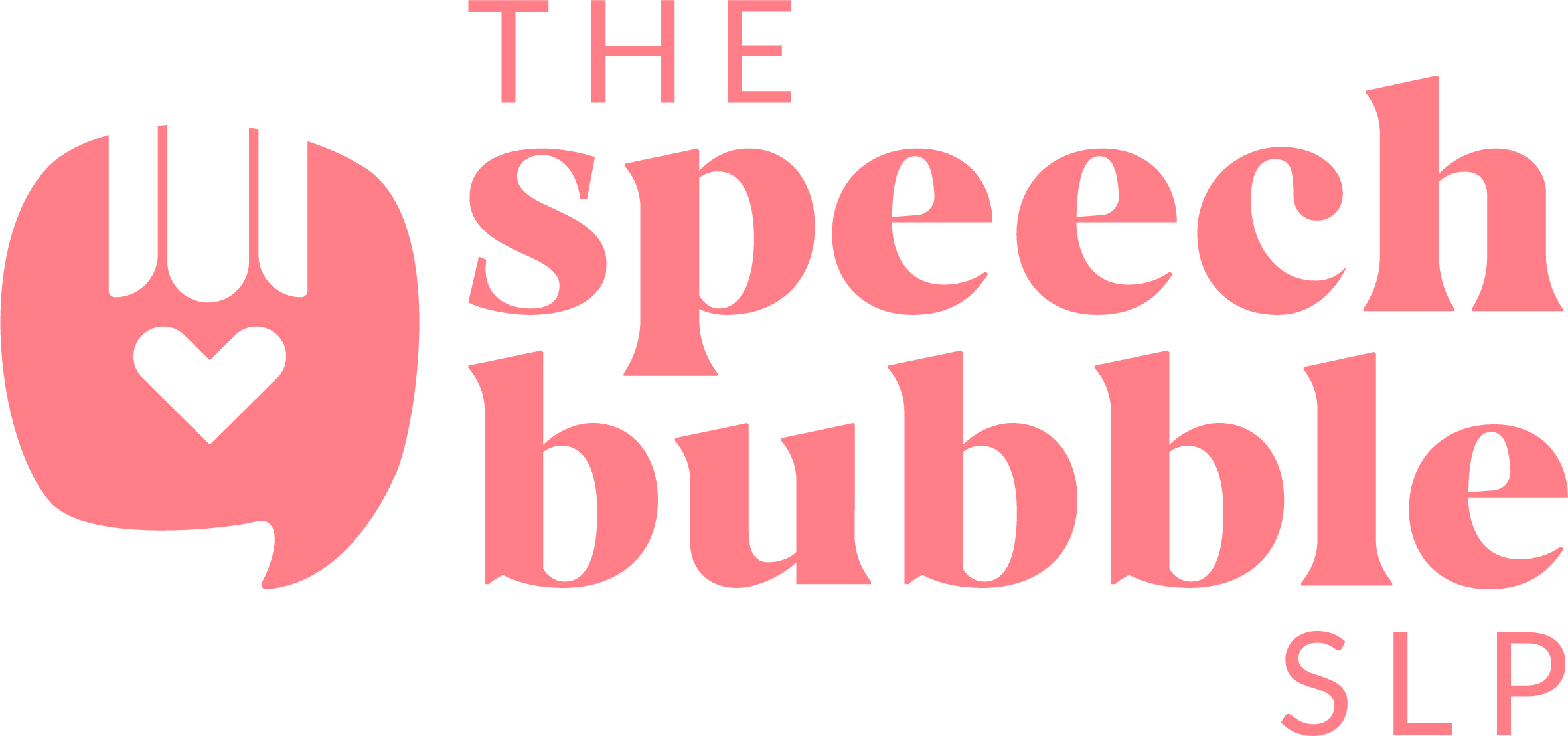



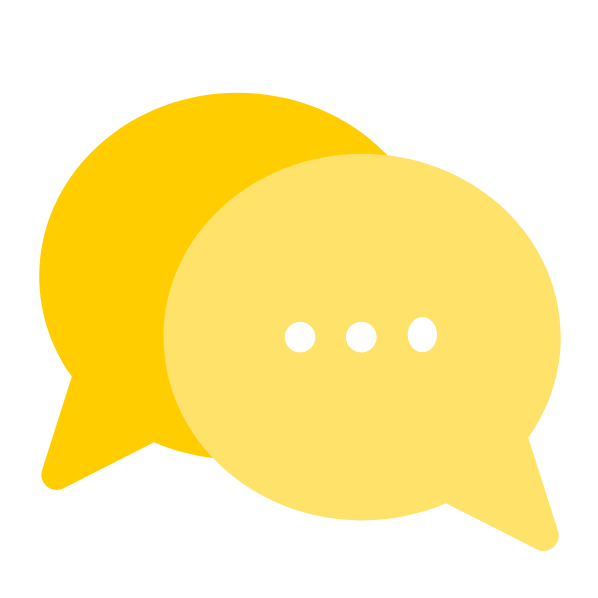


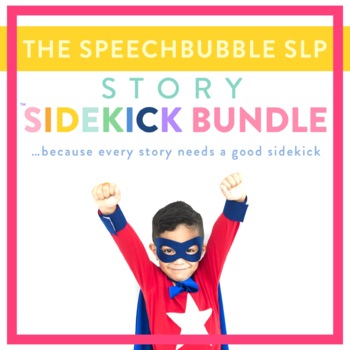








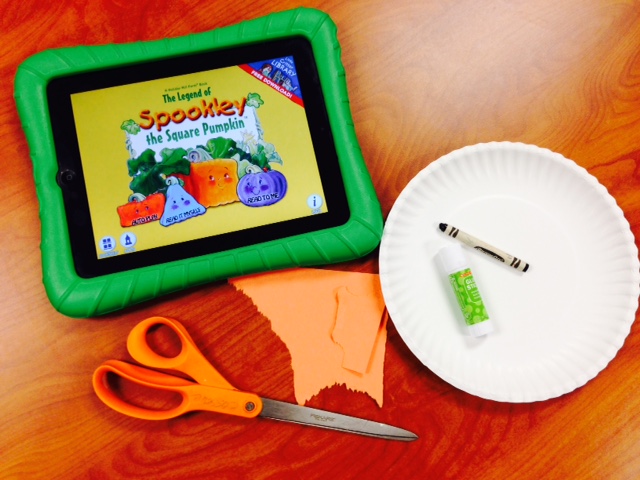
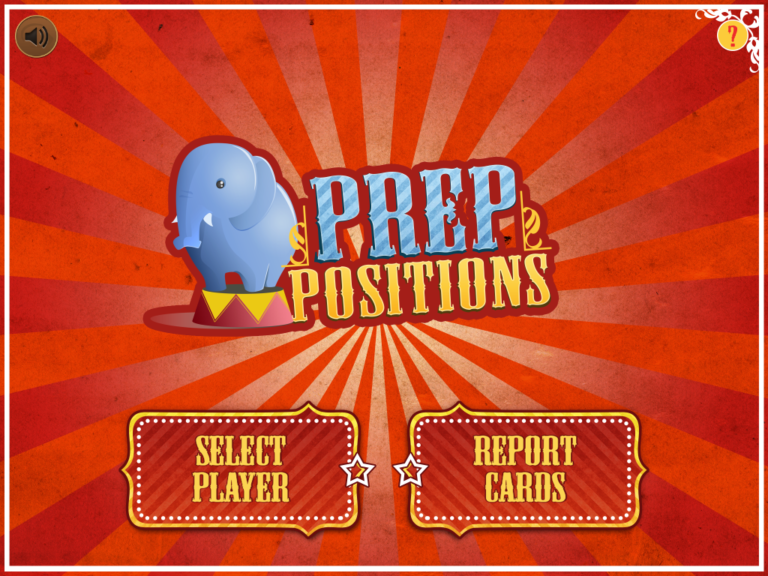

3 Responses
This is a very nice blog post with respect to working with multicultural students. It has some great tips for supporting development and growth of both languages. Since you ask for advice/contributions on this topic I felt like sharing what helps me when working with this population.
I have been working with bilingual children for a number of years. I have found the following critical questions proposed by Crowley et al (2006) very helpful during parental interview:
1. What is the highest educational level of the primary caregiver?
2. Is there a family history of speech, language, or academic problems?
3. How does how the child’s speech and language development compare to his/her siblings at the same age or to peers in the child’s speech community?
4. Was the child’s performance during the evaluation typical?
5. Have there been any significant changes in the family structure recently?
6. What exposure has your child had to different languages or dialects?
7. What does your child do that makes you know (s)he is smart?
Additionally, I found the following questions, also proposed by Crowley and colleagues 2006, very helpful to ask the teachers:
1. What is student’s grade level achievement in reading and math? (ask to provide data)
2. What supports does he need? What are student’s strengths and weaknesses?
3. How has he progressed over time? Do you have a portfolio or examples of his work?
4. How do his language skills compare to those of his classmates?
5. Does the teacher concur with the conclusions the SLP reached as a result of the evaluation?
6. Self Question: Does it seem that the student is receiving an adequate education based upon the teacher interview?
It is also very important to note that presently there are no tests, standardized on bilingual children, though several are currently in the early stages of development.
As a result we must be very careful when it comes to standard score reporting as all language tests currently on the market were not standardized on bilingual population.
I find that both teacher and parental interviews combined with informal testing which includes dynamic assessment of narratives goes a long way in differentiating bilingual children who are language disordered with children presenting with a language difference.
Regards,
Tatyana
Tatyana, thank you so much for that information! Those are great questions to keep in mind when working with bilingual students. We really must look at all aspects of the students abilities, and that includes in different settings. And yes, there are no standardized assessments for bilingual students, but more commonly bilingual SLPs will give a test that is produced in both Spanish and English, such as the CELF, and compare those scores to give insight into their abilities. I was very excited to read that some are in the early stages of development, they will definitely be in demand!
Great post (and great comment, Tatyana!) I get a lot of bilingual students. Most are preschool age. I know very little Spanish, but try to supplement whenever I can. I have put some of these students in an articulation group rather than a language group (where the other kids have significantly greater English skills). This way, they can work on building vocabulary while the other students are working on single word sound production. Other times, I have been able to make small groups of ELL students. So happy that we have bilingual SLPs in our district who do the majority of the ELL testing!